On August 9, 2024, a tragic plane crash in Vinhedo, Brazil, claimed the lives of all 62 people on board.
Just two hours into the São Paulo-bound flight, the plane plummeted to the ground, crashing into a residential community. It’s the worst plane crash involving a Brazilian airline since 2007.
The Crash
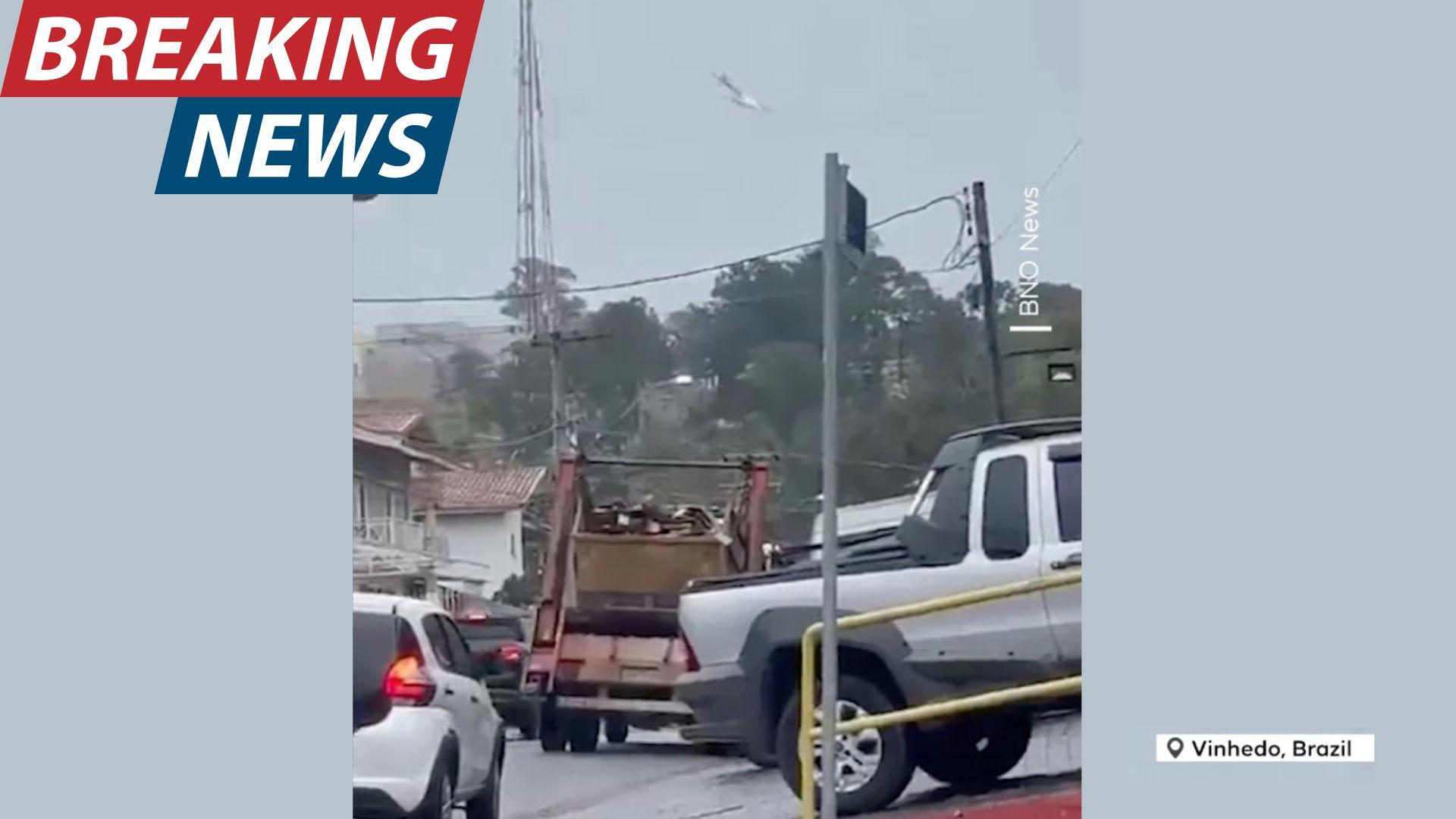
The aircraft fell roughly 17,000 feet in less than a minute before crashing into a residential area in Vinhedo. The plane was carrying four crew members and 58 passengers, all of whom perished in the crash.
Thankfully, no one on the ground was hurt. The crash site was cordoned off as emergency services continued their operations, while local residents evacuated due to safety concerns.
Ongoing Investigations
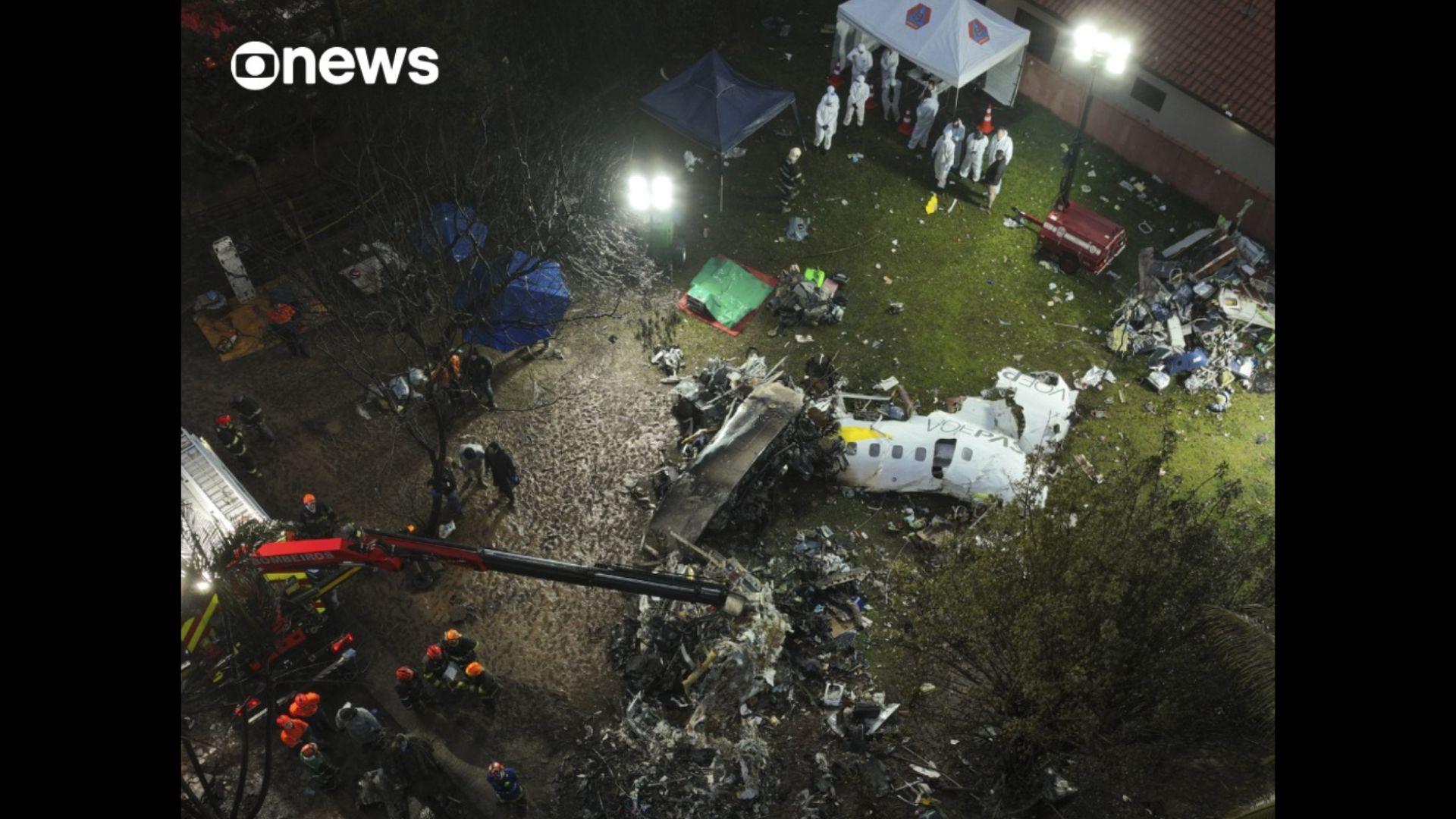
The incident is being investigated by multiple agencies – including the Brazilian Air Force, multiple police departments, and federal and state prosecutors.
Because the plane was manufactured by a French-Italian company and the engines were manufactured in Canada, French and Canadian technicians have joined the investigation.
Theories Behind the Crash

John Cox, an airline pilot with over 2 decades of experience, now assists in plane crash investigations. He’s claiming that engine stalling caused that crash. “You can’t get into a spin without stalling…It’s A plus B equals C.
Thomas Anthony, director of the aviation safety program at the University of Southern California, has other theories. “The main thing we know is that it’s never one thing,” he said.
Leading Theory
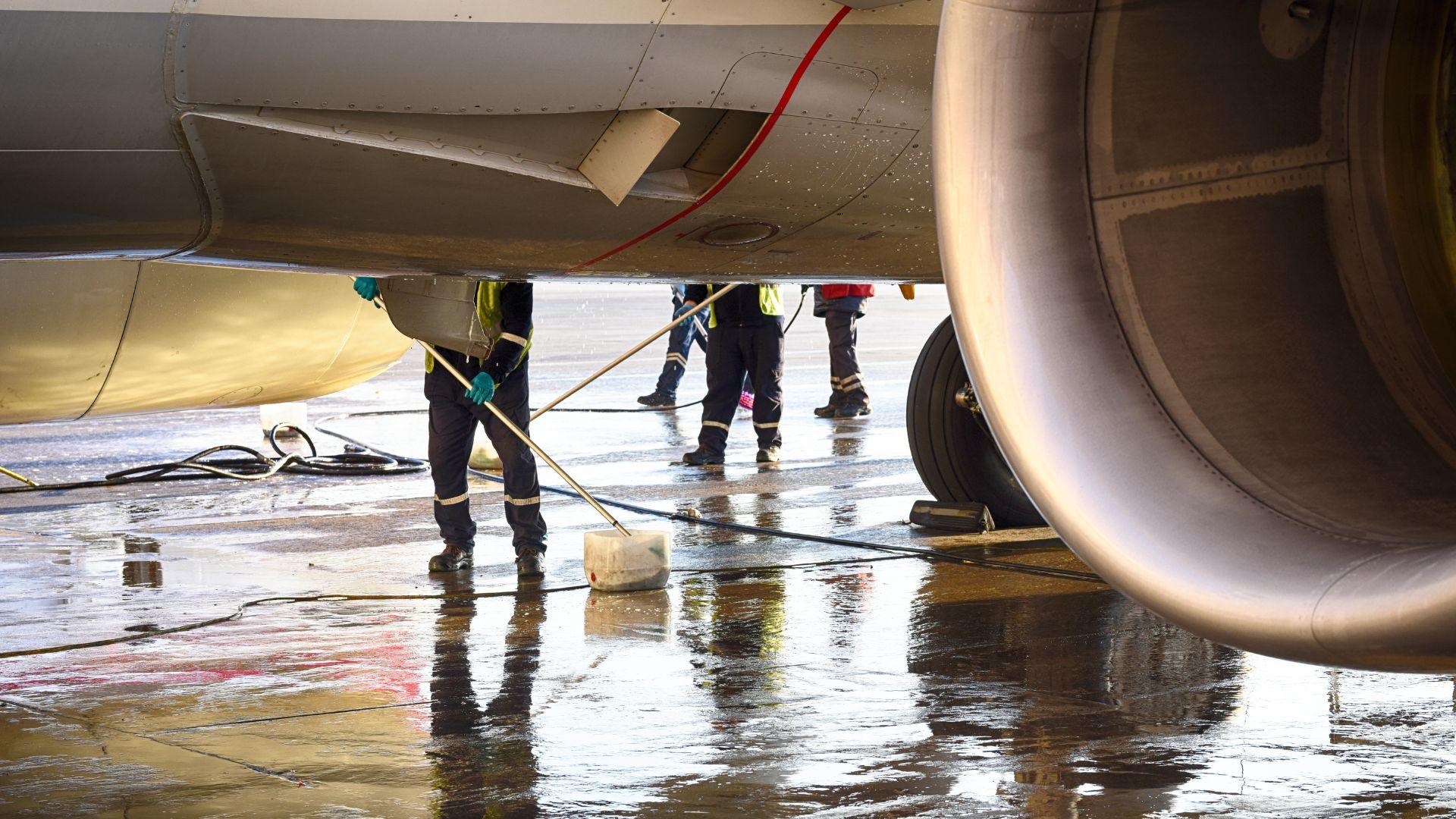
While the investigation is still ongoing, we cannot pinpoint the exact cause of the crash. However, investigators’ leading theory is that the plane stalled partly due to the ice formed on parts of the plane.
This ice adds weight to the plan. When icing happens, the plane has to travel faster to avoid stalling.
Anti-Icing Systems
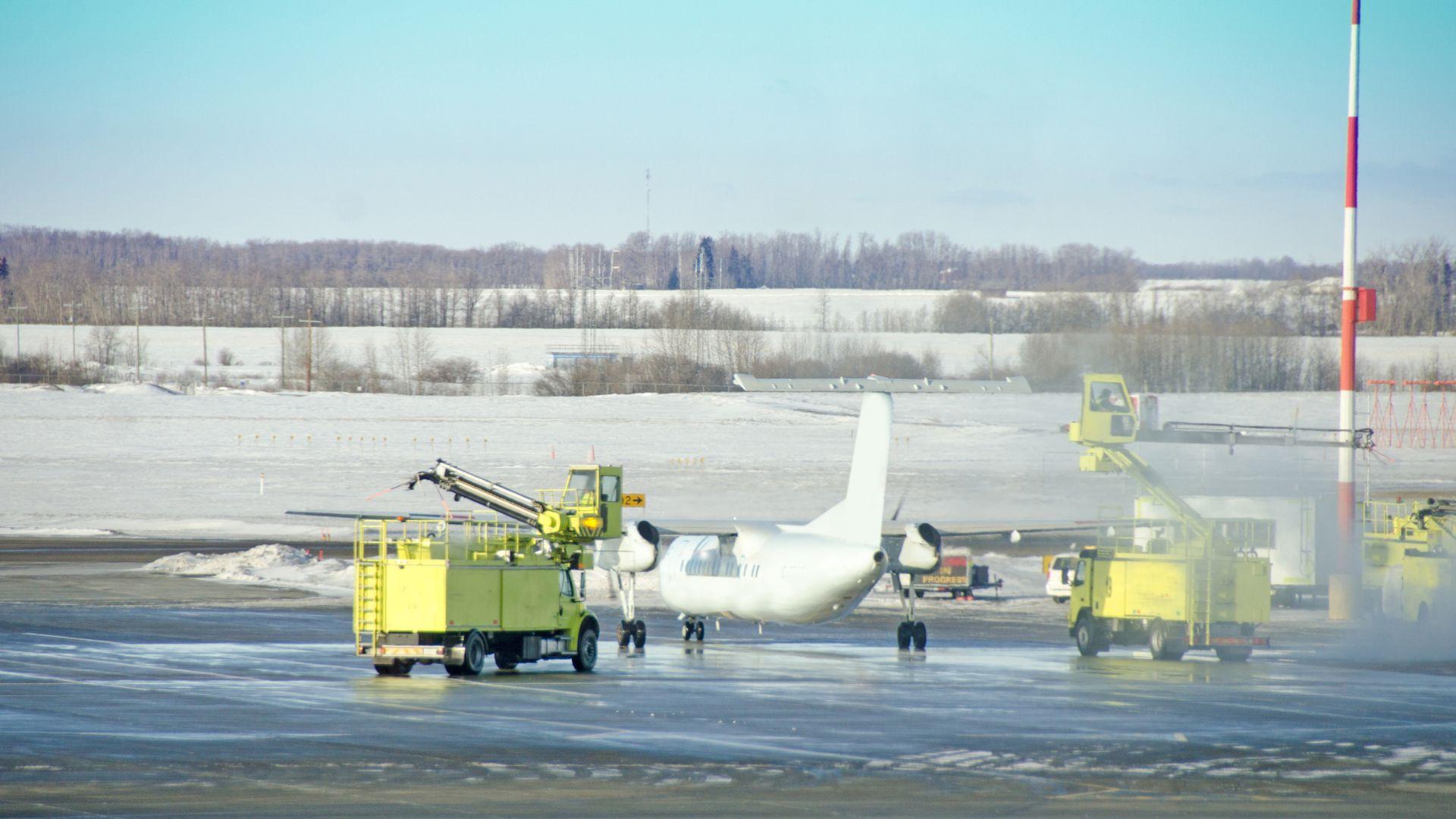
Icing has caused airplane crashes in the past. It was the leading cause of a 1994 crash in Roselawn, Indiana.
Icing is a fairly common issue, and all passenger planes have systems to break up ice formations. The plane that crashed had a system that involved moving rubber tubes on the wings that were supposed to break up any ice.
Too Soon To Tell
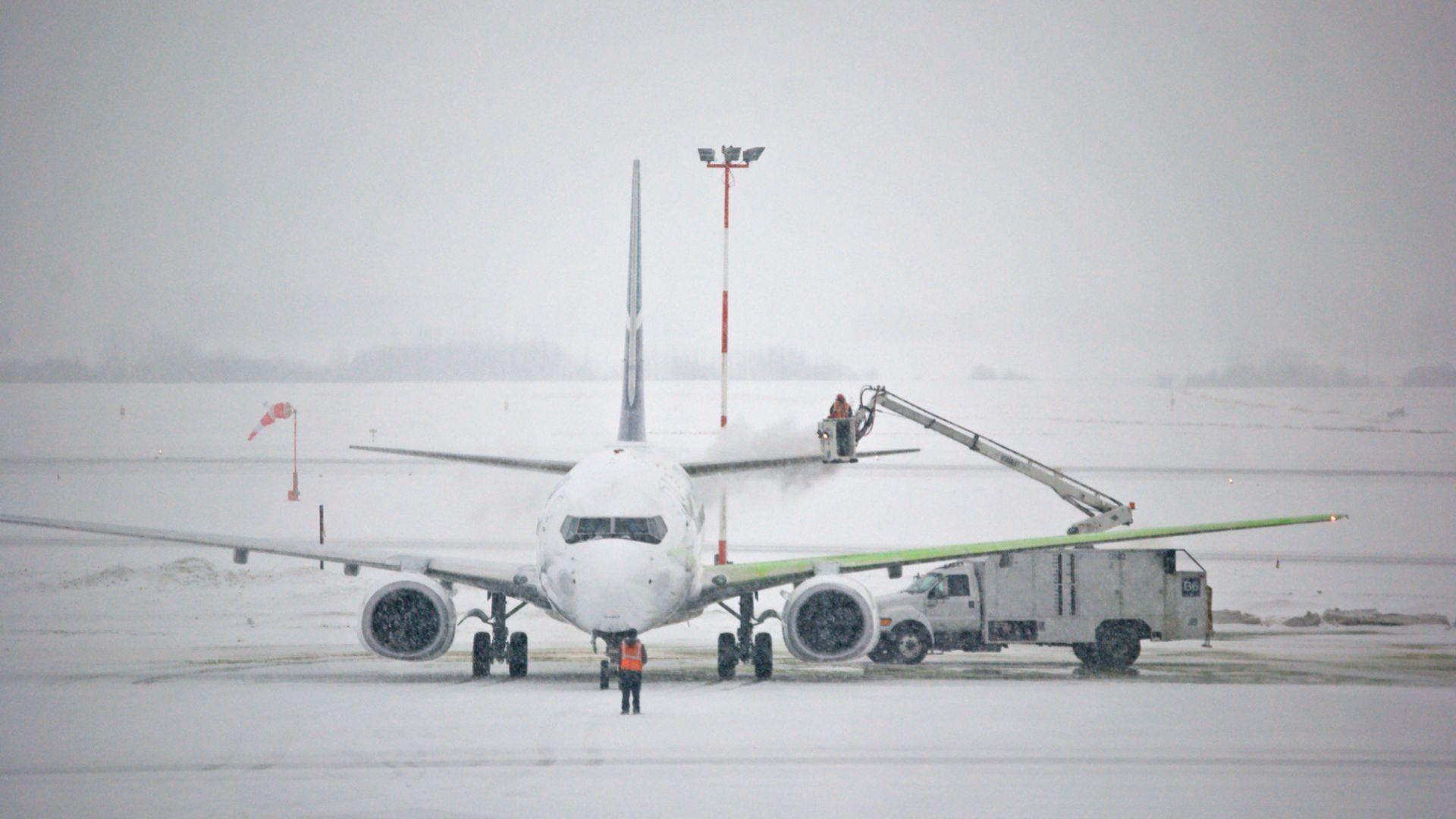
Pictures may tell 1,000 words, but they can’t tell us the full story.
Lito Sousa, an aviation expert, told the Associated Press that “analyzing an air crash just with images can lead to wrong conclusions about the causes. But we can see a plane with loss of support, no horizontal speed. In this flat spin condition, there’s no way to reclaim control of the plane.”
Remembering the Flight Crew
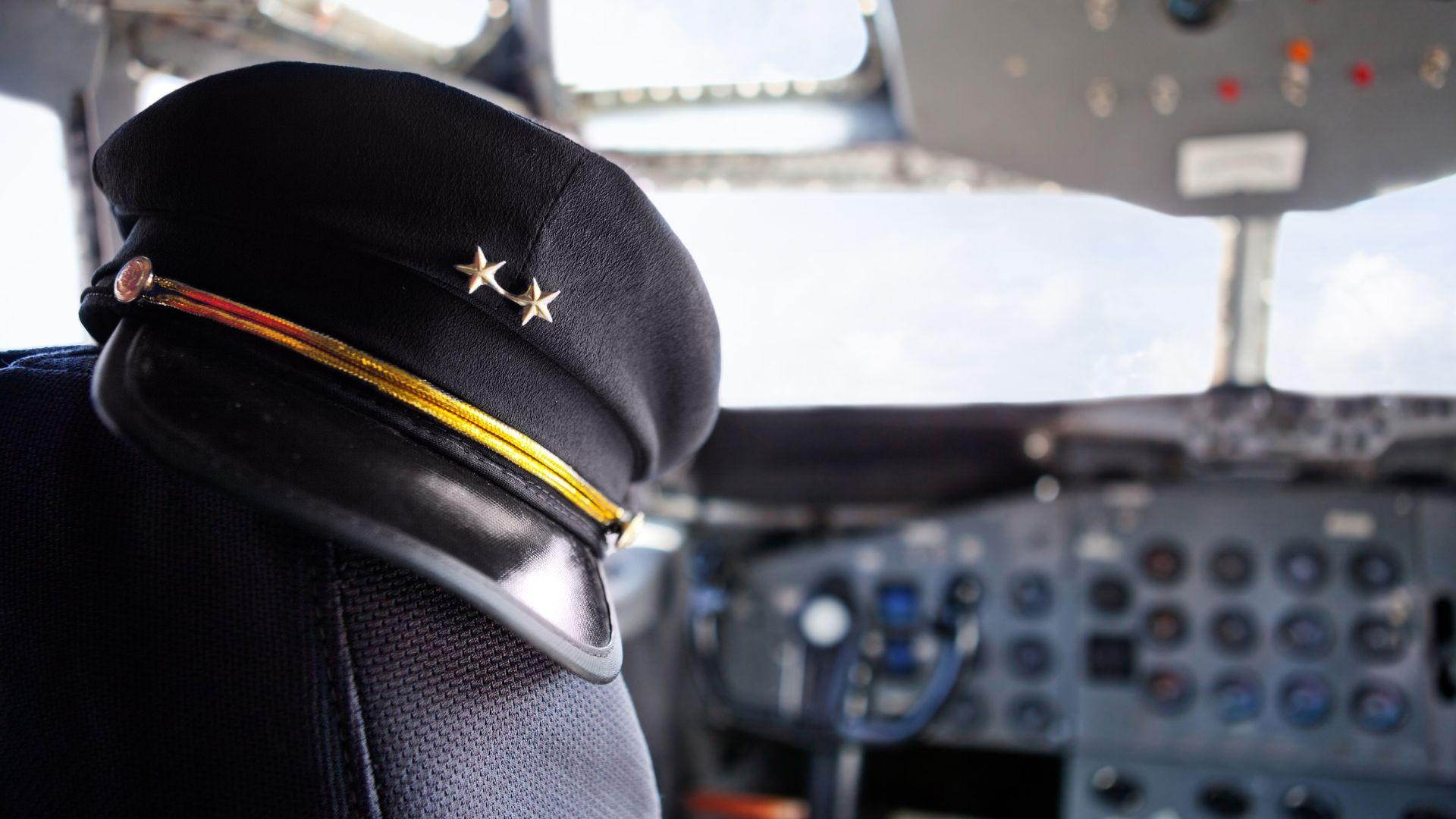
The first victim to be identified was the plane’s pilot, 35-year-old Captain Danilo Santos Romano. One of his colleagues said he was “always smiling” and “willing to help.” Capitan Romano had over 10 years of experience as a pilot and had logged over 4,500 flight hours.
The entire flight’s crew, including co-pilot Humberto de Campos Alencar e Silva, 61, and flight attendants Débora Soper Avila, 29, and Rubia Silva de Lima, 41, passed away in the crash.
Remembering the Victims
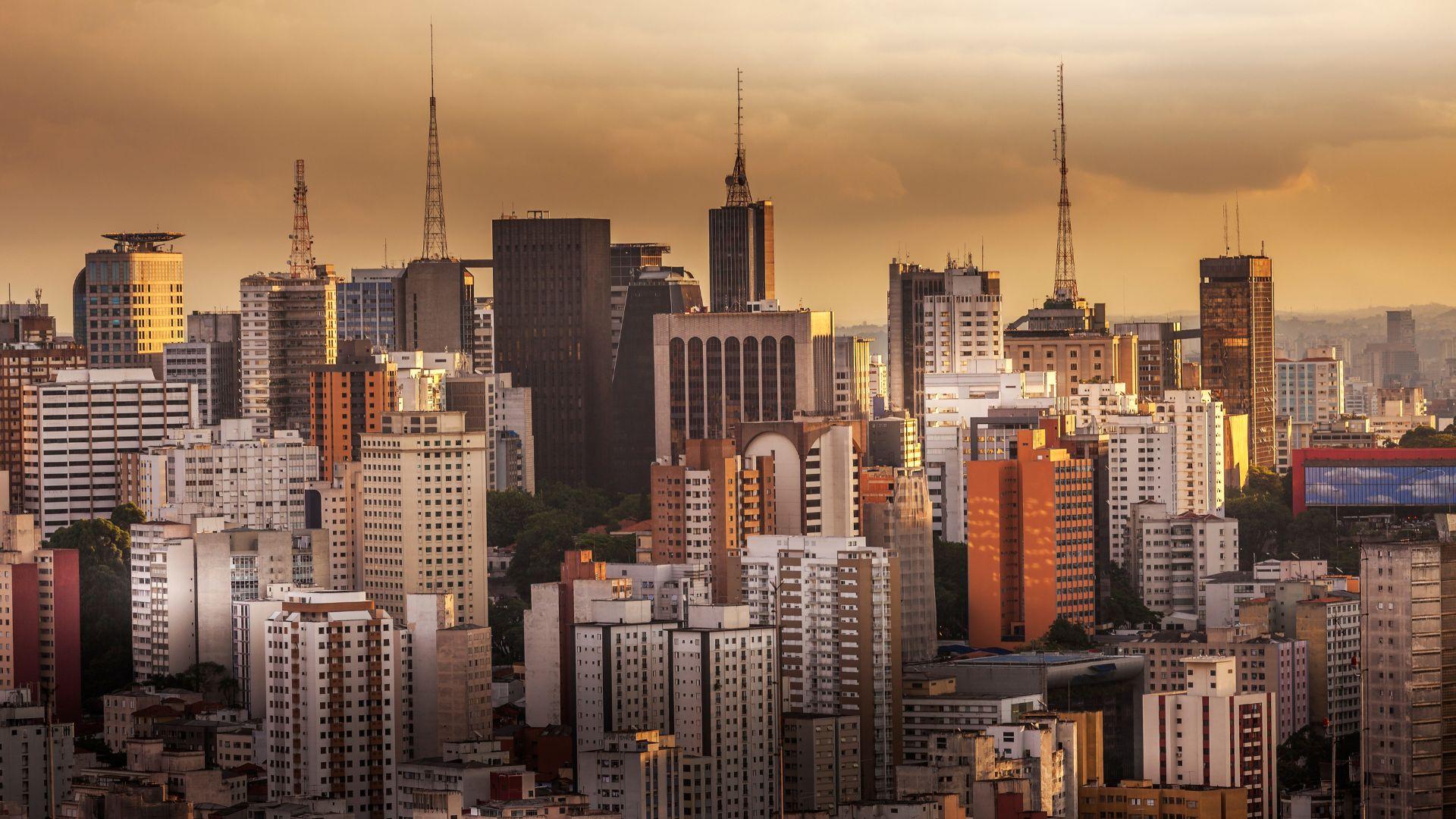
All of the victims have been identified. An aviation lawyer, a family and their dog, and eight doctors, en route to a medical conference, are among the deceased.
Following the crash, the State of São Paulo declared three days of mourning to honor the victims.
Eyewitness Accounts

The shocking incident was captured on film. Disturbing footage captured by witnesses showed the plane spinning out of control moments before it disappeared behind a cluster of trees.
Eyewitnesses described hearing a massive explosion followed by a fireball engulfing the area. People in nearby homes rushed outside, only to be met with the horrifying sight of burning wreckage and debris scattered across the neighborhood.
Statements from Airline
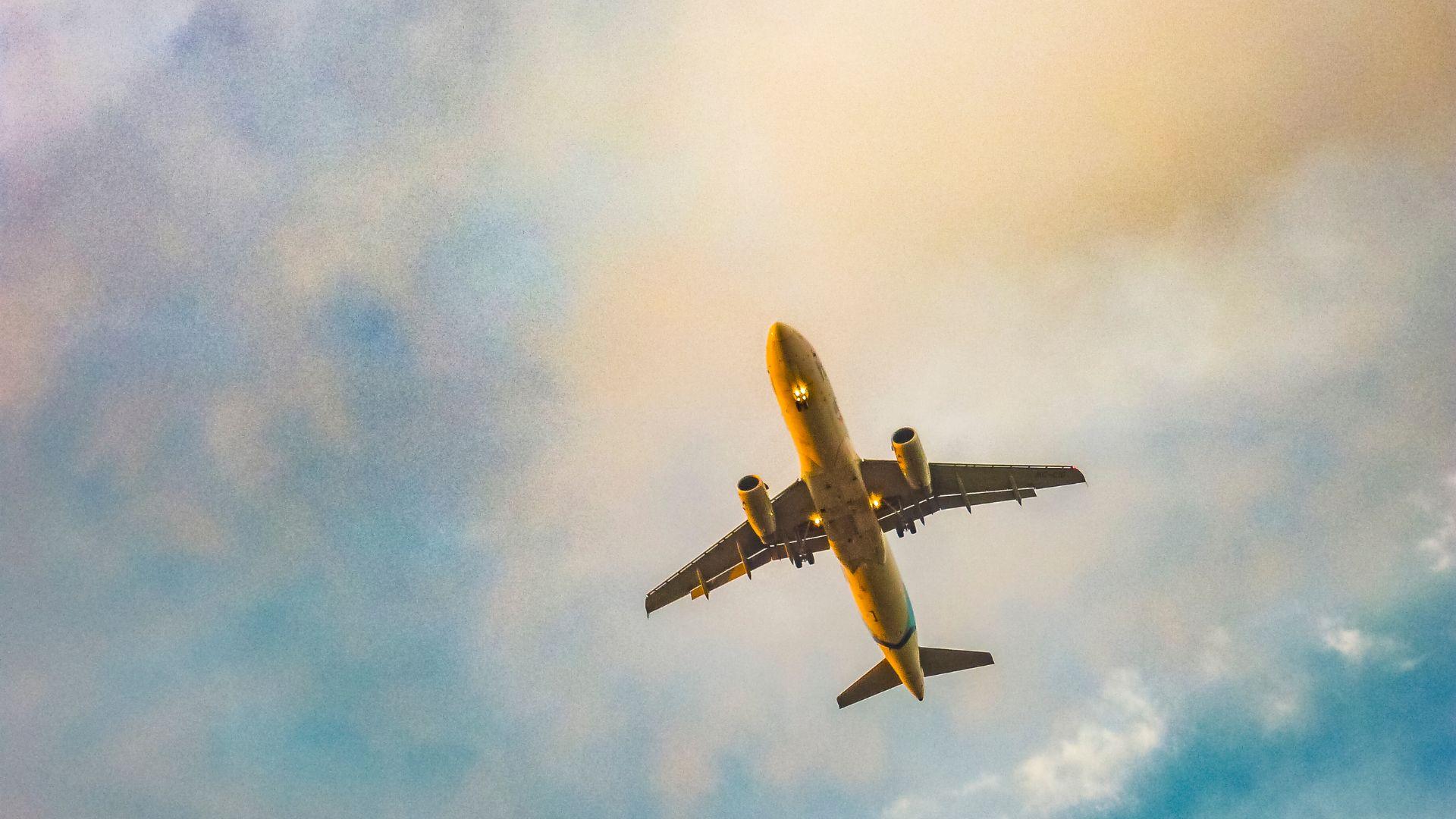
Voepass Linhas Aéreas issued a statement expressing profound grief over the incident and offering condolences to the families of the victims.
The airline has pledged full cooperation with the ongoing investigation, providing maintenance records and other relevant documents to authorities. The company has also suspended operations of similar aircraft until further notice.
Suspended Flights

The company has also reduced service to several locations. Voepass, Brazil’s fourth largest airline, called the move “necessary” in order to “minimize potential delays and flight cancellations”. Flights will be interrupted at least until October 26, when the airline will reassess its flight network.
In the meantime, flights to and from Cascavel, Fortaleza, Belo Horizonte, Porto Seguro, São Jose do Rio Preto, Rio Verde, Salvador, Natal and Mossoró should expect delays and cancellations.

